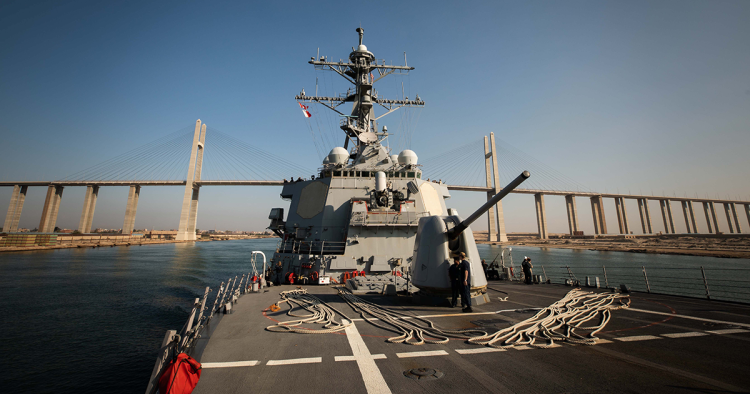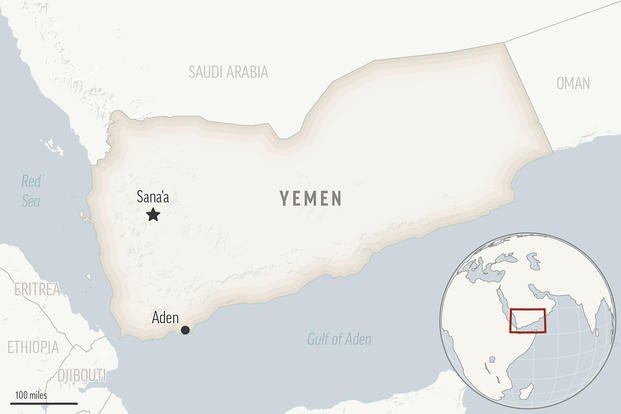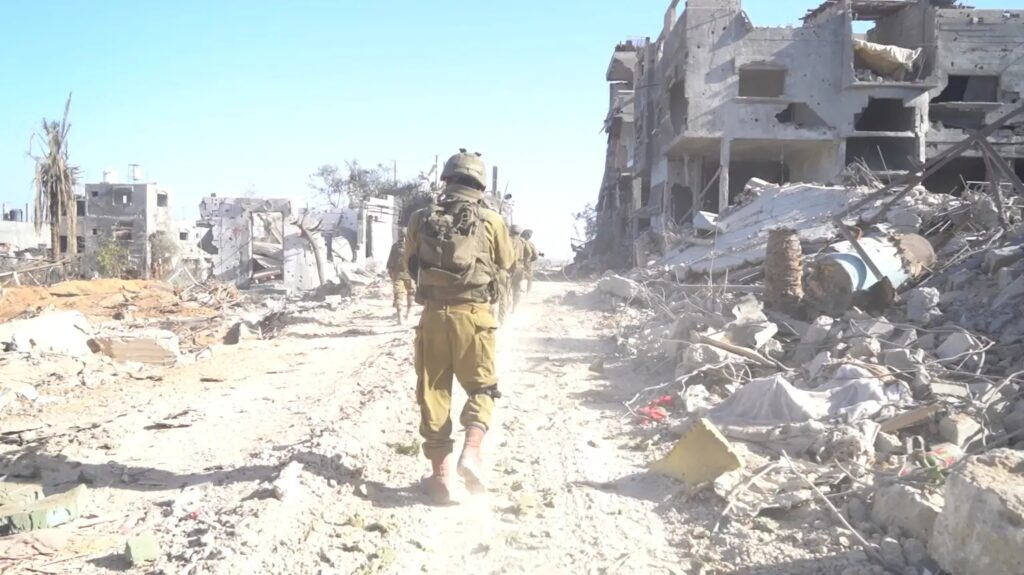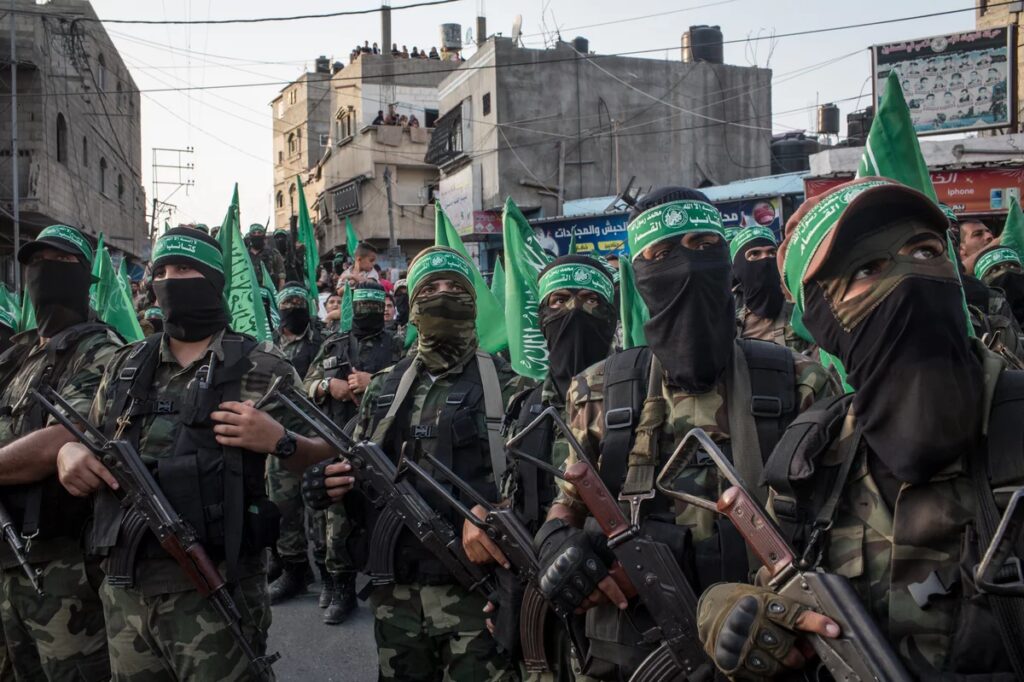The War In Gaza Is Changing The Muslim World

With their uncritical support of Israel, Western leaders have kickstarted the same polarization in Muslim societies that led to the 1967 Arab-Israeli war and the birth of violent Islamic fundamentalism.
The Western world is unequivocal in its support of Israel in the ongoing Gaza conflict. This much has been clearly demonstrated, when Western political leaders started parading the corridors of power in Israeli capital Tel Aviv after the October 7 Hamas attacks on Israeli territory that according to Israeli claims, killed more than 1,400 people. A prolonged conflict in Gaza and the larger Middle East involving other regional countries apart from Israel and Palestine could be devastating for western European countries from two perspectives. Firstly, a prolonged conflict, especially involving Iran, could generate a refugee crisis with Southern European countries with coastlines on the Mediterranean Sea receiving most of the refugees from the Arab world. Secondly, as feared by some western experts, it could also lead to terror attacks in Europe.









